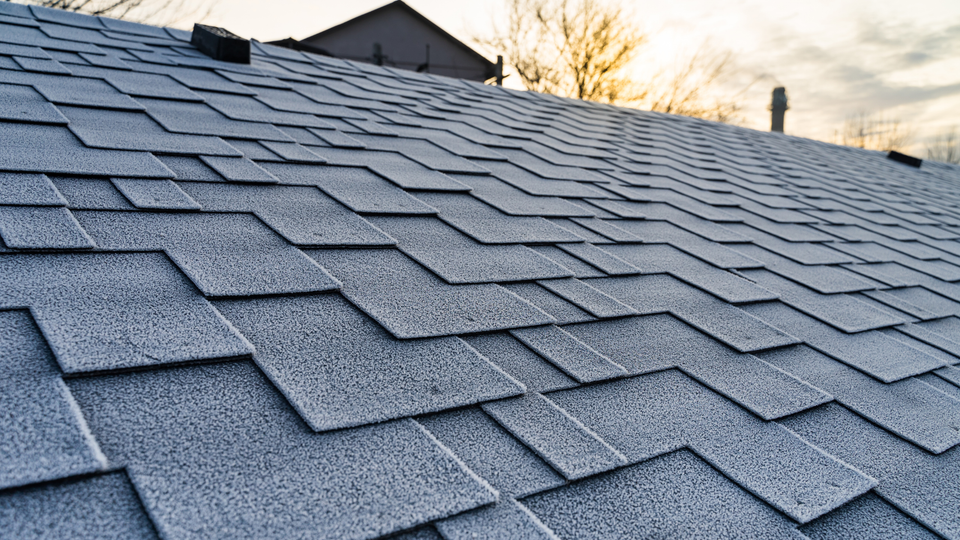

A well-maintained roof is more than just a necessity—it’s your home’s ultimate protection against harsh weather, an essential part of energy efficiency, and a significant contributor to curb appeal. But navigating the world of roofing can feel overwhelming for many homeowners. Where do you begin when choosing roofing materials? How do you know when it’s time for a roof replacement or if a quick repair will do?
This roofing guide will answer all these questions and more. We’ll provide an overview of critical topics, from inspections to roofing trends, with detailed links to dedicated articles for deeper insights. Whether you’re planning a DIY roof repair or looking for professional roofing contractors, this guide ensures you have the knowledge to make informed decisions.
This roofing guide will answer all these questions and more. We’ll provide an overview of critical topics, from inspections to roofing trends, with detailed links to dedicated articles for deeper insights. Whether you’re planning a DIY roof repair or looking for professional roofing contractors, this guide ensures you have the knowledge to make informed decisions.
Home Roofing Guide: Why Routine Roof Inspections Are Essential
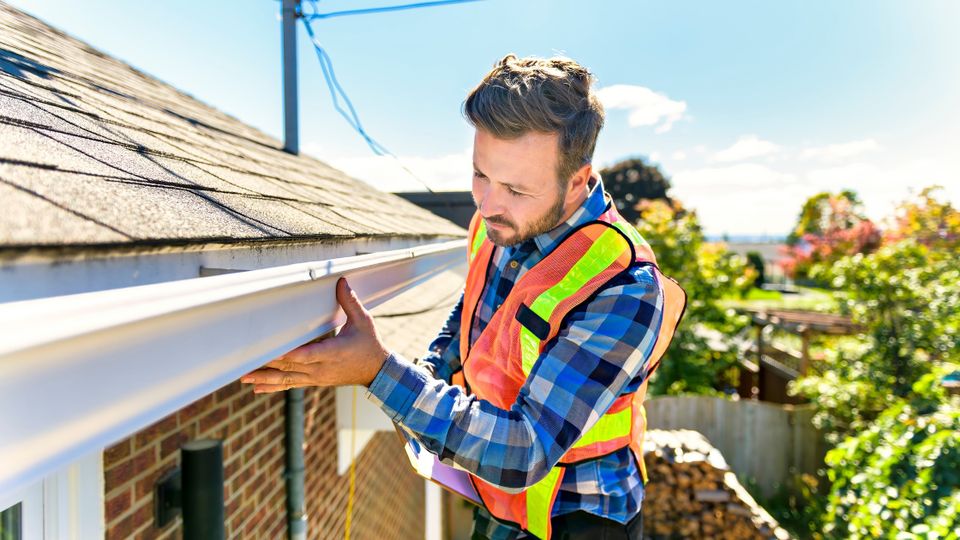
Your roof is one of the most important parts of your home, shielding it from rain, wind, sun, and other elements. But have you ever stopped to think about how your roof stays in good condition over time? Without proper care, even the sturdiest roof can develop problems such as leaks, cracks, or damage from weather.
Our Roof Inspection Checklist offers a step-by-step guide for spotting early signs of trouble, like damaged roofing shingles or water stains on your roof deck.
Quick tip: Schedule a professional inspection at least once a year and after severe storms to catch issues early.
The Importance of Regular Roof Inspections
Regular roof inspections are a vital part of maintaining the integrity and longevity of your home. Your roof is constantly exposed to the elements, from heavy rain and strong winds to extreme heat and cold, all of which can take a toll over time.Catching Problems Early
Conducting routine inspections allows you to identify potential issues early, such as loose roofing shingles, clogged gutters, or minor leaks, that could otherwise go unnoticed.Save Time, Money, and Stress
Addressing these small problems promptly can save you significant time, money, and stress in the long run by preventing them from escalating into major repairs or even causing structural damage to your home.Protect Your Investment and Family
Not only do inspections protect your investment, but they also ensure the safety and comfort of everyone living under your roof, making them an essential part of responsible homeownership.Our Roof Inspection Checklist offers a step-by-step guide for spotting early signs of trouble, like damaged roofing shingles or water stains on your roof deck.
Quick tip: Schedule a professional inspection at least once a year and after severe storms to catch issues early.
Choosing the Right Roofing Materials for Your Home
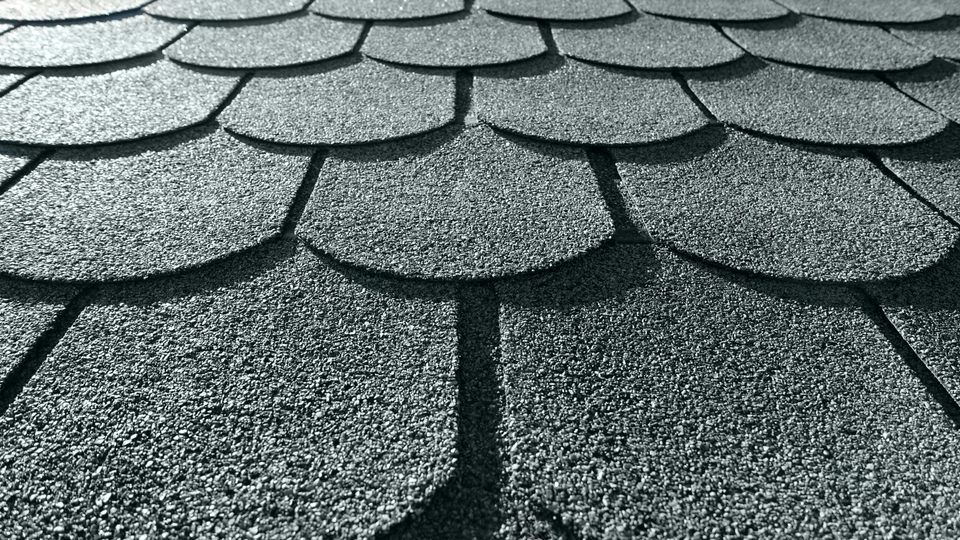
The world of roofing materials presents a wide array of options, each with unique benefits and considerations, making it essential to understand them before making a decision. Whether you're replacing your roof or building a new home, the choice of roofing material can greatly impact durability, aesthetics, energy efficiency, and overall cost.
The roofing material you select can have a profound impact on your home’s appearance, functionality, and overall value. Whether you opt for the affordability and versatility of asphalt shingles, the timeless luxury of slate, or the sustainability and durability of metal roofing, understanding the pros and cons of each will help you make an informed decision that aligns with your budget, priorities, and long-term goals.
Check out our Comprehensive Guide to Roofing Materials to help you decide between architectural shingles, other roofing materials, and traditional options.
Did you know? Metal roofing can last up to 70 years with proper maintenance, far outlasting asphalt shingles!
Asphalt Shingles: Affordable and Versatile
Asphalt shingles continue to be one of the most popular and widely used roofing options. This is largely due to their affordability, ease of installation, and versatile design options that can complement various home styles. Asphalt shingles are available in a range of colors and textures, allowing homeowners to achieve a specific look without breaking the budget. Additionally, they are relatively low-maintenance and can last for decades with proper care, making them a go-to choice for many.Slate Roofs: Timeless Luxury and Durability
For homeowners considering a more premium option, slate roofs remain a timeless classic that exudes luxury and sophistication. Slate roofing is celebrated for its natural beauty, long lifespan, and fire resistance. Its durability ensures it can last well over a century, making it an excellent long-term investment. However, slate comes at a significantly higher price point compared to other materials. Its weight also requires professional installation and, in some cases, structural reinforcement of the home to support it.Metal Roofing: Stylish, Sustainable, and Resilient
If sustainability, modern design, and resilience are top priorities, metal roofing has been gaining traction as an excellent choice. Known for its sleek, contemporary appearance, metal roofs are not only stylish but also incredibly durable. They can withstand harsh weather conditions, including heavy snow, high winds, and even hail. The longevity of metal roofing is another major advantage, as it often lasts 40-70 years or more, significantly outlasting traditional materials like asphalt shingles.The roofing material you select can have a profound impact on your home’s appearance, functionality, and overall value. Whether you opt for the affordability and versatility of asphalt shingles, the timeless luxury of slate, or the sustainability and durability of metal roofing, understanding the pros and cons of each will help you make an informed decision that aligns with your budget, priorities, and long-term goals.
Check out our Comprehensive Guide to Roofing Materials to help you decide between architectural shingles, other roofing materials, and traditional options.
Did you know? Metal roofing can last up to 70 years with proper maintenance, far outlasting asphalt shingles!
Common Signs of Roof Damage to Watch For
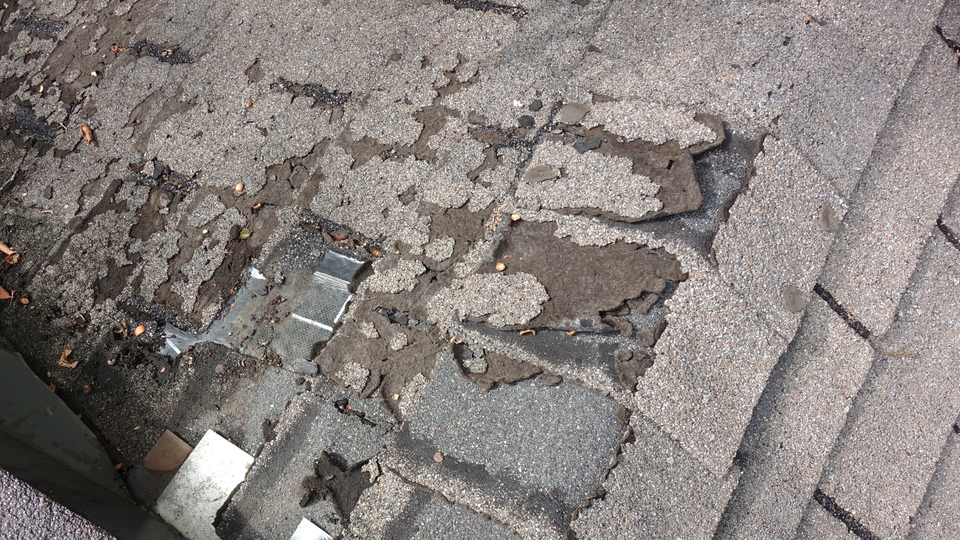
Do you know how to spot the early signs of a damaged roof before it’s too late? Your roof is one of the most important parts of your home, serving as the first line of defense against harsh weather and the elements. Keeping it in good condition isn’t just important—it’s essential for protecting your home and avoiding costly repairs in the future. But many homeowners overlook the early warning signs of roof damage, which can lead to much bigger problems if left unchecked.
Remember, your roof isn’t just a part of your home—it’s a critical safeguard that protects everything inside. Acting quickly when you spot these signs ensures your roof remains strong, secure, and capable of standing up to whatever nature throws at it.
Learn more in How to Spot Roof Damage, where we outline the signs every homeowner should know.
Quick tip: Even small issues, like missing existing shingles, can quickly lead to major leaks during a heavy rainstorm.
Warning Signs of Shingle Damage
Common warning signs include cracked, curling, or missing roofing shingles, which are often indicators of weathering, aging, or damage caused by storms. Roofing shingles are designed to shield your home from rain, wind, and debris, so if they’re compromised, your roof’s protective layer may already be at risk. Granule loss is another red flag to watch for, often appearing as small, sand-like particles in your gutters or downspouts. This means your roofing shingles are wearing down and may no longer provide the same level of protection they once did.More Serious Roof Problems
More serious signs of roof problems include sagging areas, which could point to structural damage or water pooling. These issues are particularly concerning because they often indicate that the underlying support system of your roof has been compromised. Left unattended, they could lead to water leaks or even collapse in extreme cases. Water stains on ceilings or walls, mold growth, or unexpected drafts can also signal hidden roof issues that need immediate attention.The Importance of Regular Maintenance
By proactively inspecting your roof and addressing these problems early, you can avoid extensive damage to your home’s interior and save thousands of dollars in repairs. Regular maintenance, such as cleaning gutters, checking for debris, and scheduling professional inspections, can go a long way in prolonging the life of your roof.Remember, your roof isn’t just a part of your home—it’s a critical safeguard that protects everything inside. Acting quickly when you spot these signs ensures your roof remains strong, secure, and capable of standing up to whatever nature throws at it.
Learn more in How to Spot Roof Damage, where we outline the signs every homeowner should know.
Quick tip: Even small issues, like missing existing shingles, can quickly lead to major leaks during a heavy rainstorm.
The Roof Replacement Process Uncovered
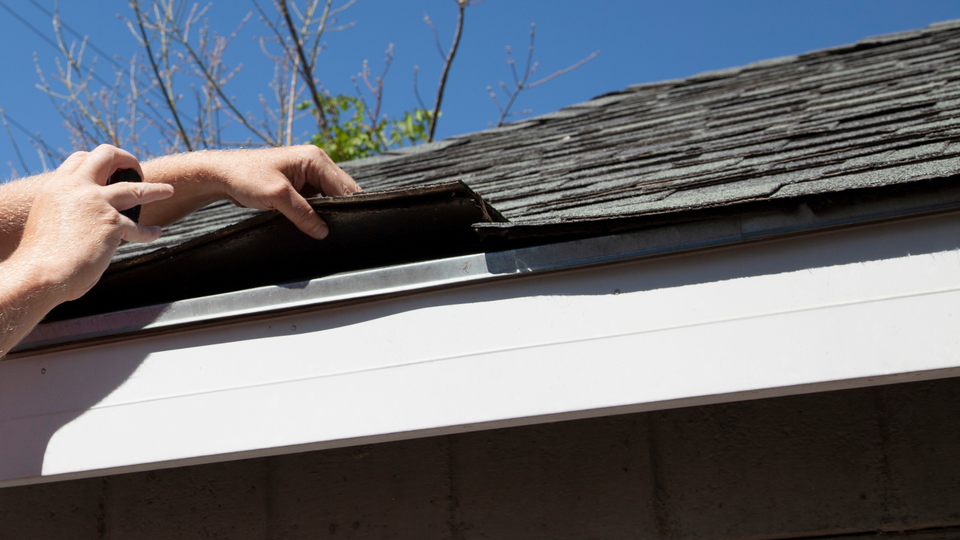
Sometimes, no amount of repair can save a roof—and that’s when it’s time for a roof replacement. A full roof replacement is a significant project, but it’s essential for maintaining the safety, energy efficiency, and overall value of your home.
In the end, a new roof replacement is not just about swapping out old materials for new ones—it’s an investment in the safety, functionality, and aesthetic appeal of your home.
Explore our detailed guide, The Cost of Roof Replacement, which walks you through roof replacement costs and budget considerations.
Comprehensive Assessment of Your Roof
So, what does the roof replacement process entail? It’s a comprehensive and detailed procedure designed to ensure your home is properly protected and enhanced. The process begins with a thorough assessment by roofing professionals to evaluate the extent of the damage and determine the most suitable materials for your home. This assessment takes into account factors like the local climate, your budget, and the style of your home to recommend the best options.Careful Removal of the Old Roof
Once the evaluation is complete, the next step is the careful removal of the existing roof. This involves stripping away all the old materials, such as existing roof shingles, underlayment, and other components, to expose the underlying structure. During this stage, the structure is closely inspected for any hidden issues, like rot, water damage, or compromised areas that may need repair before the new roof can be installed. This ensures a solid foundation for the new materials and prevents future problems.Installation of the New Roofing Materials
After addressing any structural issues, the installation of the new roofing materials begins. This part of the process is tailored to your specific preferences, whether you’ve chosen asphalt shingles, metal roofing, or another type of material. The roofing team works meticulously to ensure every layer is installed properly, from the underlayment to the final shingles or panels. Each step is taken with care to ensure durability, energy efficiency, and a polished appearance that complements your home’s unique design.In the end, a new roof replacement is not just about swapping out old materials for new ones—it’s an investment in the safety, functionality, and aesthetic appeal of your home.
Explore our detailed guide, The Cost of Roof Replacement, which walks you through roof replacement costs and budget considerations.
DIY Roof Repairs vs. Hiring Professionals
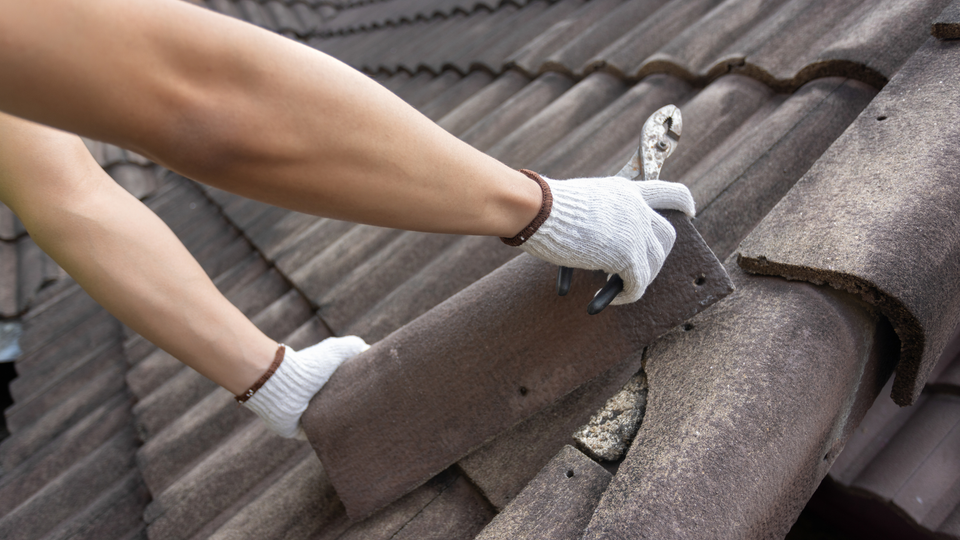
Some minor roof issues can often be safe and manageable to handle on your own, especially if you’re someone who enjoys taking on small DIY projects. However, not all roofing problems are created equal, and knowing which ones are within your skillset and which require the expertise of a professional is essential to saving both time and money in the long run.
By understanding the scope of the work roof maintenance requires and being honest about your own capabilities, you can make informed decisions about whether to attempt a repair yourself or bring in a professional. While DIY fixes may seem like a cost-saving solution upfront, knowing your limits and recognizing when professional help is necessary can lead to better results and long-term savings. It also ensures that your roof remains in good shape, keeping your home safe and protected for years to come.
Dive into DIY Roof Repair Tips to learn what you can tackle yourself and what’s better left to roofing contractors.
Did you know? Handling major repairs without proper training may void your roof’s warranty.
Simple DIY Roof Repairs to Tackle Over a Weekend
For example, tasks such as replacing a few damaged asphalt shingles, cleaning out clogged gutters, or resealing small leaks are relatively simple and can be tackled over a weekend by someone who has the right tools, a basic understanding of roofing, and a focus on safety. These kinds of repairs not only help maintain your roof’s integrity but also extend its lifespan without incurring the additional costs of hiring a contractor.Knowing Your Limits with DIY Roof Maintenance
Still, it’s important to recognize your limits when it comes to DIY roof maintenance. While small fixes like shingle replacements may seem straightforward, more complex problems are often far from simple and can result in further harm if handled improperly. Issues such as repairing structural damage, addressing a sagging roof deck, or replacing large sections of roofing material involve much more than basic knowledge. These problems often demand specialized expertise, advanced tools, and proper safety equipment to be resolved effectively. Attempting to fix such major concerns without the necessary experience and equipment can not only worsen the existing damage but also lead to higher repair costs and, most importantly, pose significant safety risks to yourself.When to Call in a Professional Roofer
Additionally, some roofing problems may not immediately appear as severe but can evolve into larger issues over time if left unaddressed or improperly repaired. For instance, a minor leak that isn’t sealed correctly may spread, leading to water damage, mold growth, or even compromised structural integrity. In such cases, calling in a roofing. contractor at the right time ensures that the problem is addressed thoroughly and prevents it from escalating into a much costlier and more dangerous issue down the line.By understanding the scope of the work roof maintenance requires and being honest about your own capabilities, you can make informed decisions about whether to attempt a repair yourself or bring in a professional. While DIY fixes may seem like a cost-saving solution upfront, knowing your limits and recognizing when professional help is necessary can lead to better results and long-term savings. It also ensures that your roof remains in good shape, keeping your home safe and protected for years to come.
Dive into DIY Roof Repair Tips to learn what you can tackle yourself and what’s better left to roofing contractors.
Did you know? Handling major repairs without proper training may void your roof’s warranty.
Extending the Lifespan of Your Roof
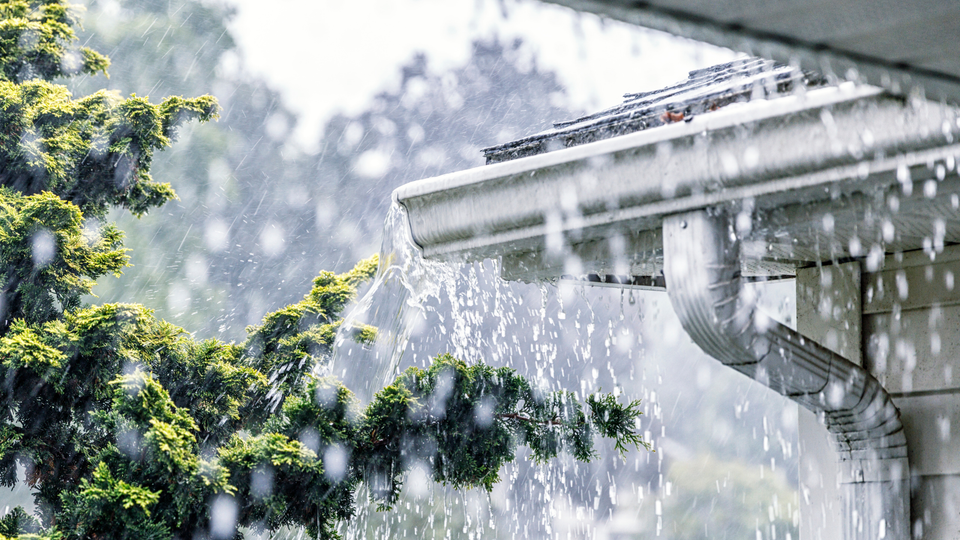
Want to maximize the lifespan of your roof and avoid expensive, time-consuming repairs in the future? Taking a proactive approach to roof care with simple yet effective steps can save you significant money and stress down the road.
By dedicating time to regular care and choosing the right materials, you can significantly extend the lifespan of your roof. A well-maintained roof not only keeps your home safe and secure but also increases its value and saves you from costly replacements in the future.
Learn more about roof longevity in The Lifespan of Your Roof.
Regular Inspections and Debris Removal
Regular maintenance is key and starts with frequent inspections to check for any signs of damage, such as cracked or missing shingles, leaks, or weak spots. Removing debris like leaves, branches, and dirt not only keeps your roof looking clean but also ensures proper drainage, preventing water from pooling and causing structural damage. Cleaning your gutters is equally important, as clogged gutters can lead to water backup, which may result in leaks or even damage to your home’s foundation.Investing in Durable Materials and Ventilation
In addition to routine upkeep, investing in high-quality materials plays a crucial role in protecting your roof against the elements. Options like architectural shingles, metal roofing, or tiles provide better resistance to harsh weather conditions such as strong winds, hail, or heavy rain while also reducing wear and tear over time. Proper ventilation and insulation also contribute to your roof's longevity, as they help regulate temperatures and prevent moisture buildup that could lead to mold or rot.By dedicating time to regular care and choosing the right materials, you can significantly extend the lifespan of your roof. A well-maintained roof not only keeps your home safe and secure but also increases its value and saves you from costly replacements in the future.
Learn more about roof longevity in The Lifespan of Your Roof.
Protecting Your Roof Against Extreme Weather
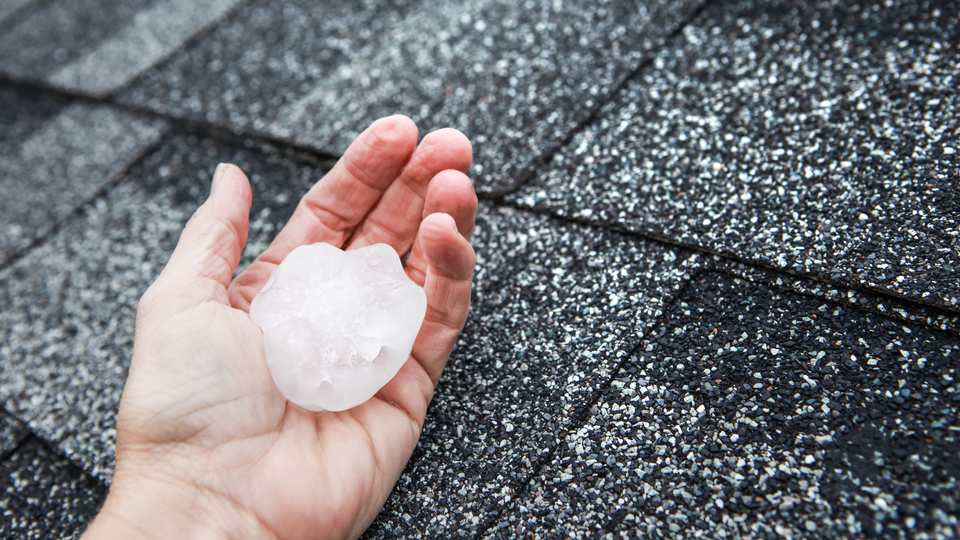
Storms and high winds can cause extensive damage to your roof, creating problems that often lead to expensive repairs if not addressed promptly. As your home’s first line of defense against the elements, your roof plays a critical role in protecting the structure of your house, your belongings, and most importantly, your family. This makes it essential to take proactive steps to safeguard it from potential damage before severe weather strikes.
Learn how to reinforce your roof against extreme conditions in this guide, Enhancing Roof Resilience.
Quick tip: Focus on durable materials such as metal roofing if you live in areas prone to hurricanes or hail damage.
Ensure Proper Installation of Roofing Underlayment
One key strategy is ensuring that your roofing underlayment, an additional protective layer beneath your shingles, is securely installed. This layer acts as a crucial barrier, providing extra protection against water infiltration and wind-related damage.Inspect Your Roof Regularly
Another preventative measure is to regularly inspect your roof for any signs of wear and tear, especially focusing on existing shingles. Look for cracks, curling, or missing shingles, as these are common indicators that your roof may be vulnerable to damage during the next storm.Maintain Your Roof to Prevent Damage
Additionally, trimming overhanging branches, cleaning out gutters to prevent water buildup, and checking flashing around chimneys and vents can all contribute to maintaining the strength and durability of your roof. Taking these steps not only extends the lifespan of your roof but also provides peace of mind during stormy weather.Learn how to reinforce your roof against extreme conditions in this guide, Enhancing Roof Resilience.
Quick tip: Focus on durable materials such as metal roofing if you live in areas prone to hurricanes or hail damage.
Roofing Trends You Need to Know
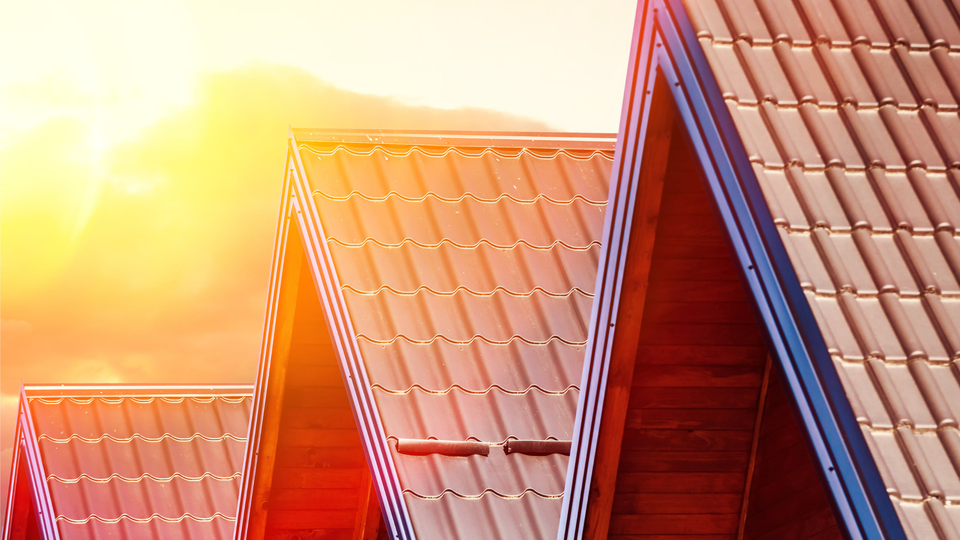
The roofing industry is constantly evolving, driven by advancements in technology, shifting consumer preferences, and a growing emphasis on sustainability. Staying informed about the latest trends is essential for homeowners, contractors, and businesses alike, as it allows them to make smarter, more modern choices that align with current demands and innovations.
As the industry progresses, roofing professionals must stay updated on these developments to meet client expectations and deliver innovative solutions. Whether you're replacing an old roof or planning a new construction project, understanding these evolving trends will help you make informed decisions that enhance both the functionality and appearance of your property.
From solar panels integrated into metal roofing to cool roofs that reduce heat absorption, learn about the latest innovations in Emerging Trends and Technologies.
Did you know? Adding reflective roofing paints to other roofing materials can significantly lower your energy bills over time.
The Rise of Eco-Friendly Roofing Materials
One significant shift is the rise of eco-friendly roofing materials, such as solar panels, green roofs, and recycled shingles, which cater to the increasing demand for sustainable building practices. These solutions not only reduce environmental impact but also help homeowners save on energy costs over time.Technological Innovations in Smart Roofing
Additionally, technological innovations like smart roofing systems are gaining traction, enabling better insulation, moisture detection, and even integration with home automation systems.Durability and Weather Resistance
Durability and weather resistance are also at the forefront, with new materials and coatings designed to withstand extreme weather conditions, from heavy rains to high winds. This is especially critical as climate change continues to bring unpredictable patterns.As the industry progresses, roofing professionals must stay updated on these developments to meet client expectations and deliver innovative solutions. Whether you're replacing an old roof or planning a new construction project, understanding these evolving trends will help you make informed decisions that enhance both the functionality and appearance of your property.
From solar panels integrated into metal roofing to cool roofs that reduce heat absorption, learn about the latest innovations in Emerging Trends and Technologies.
Did you know? Adding reflective roofing paints to other roofing materials can significantly lower your energy bills over time.
Frequently Asked Questions
What are architectural shingles, and why are they popular?
Architectural shingles, also known as dimensional shingles, are a type of asphalt shingle designed to add depth and a more sophisticated appearance to your roof. They are thicker, more durable, and offer better protection compared to traditional three-tab shingles. Their aesthetic appeal and longevity make them a top choice for homeowners looking to enhance their home's curb appeal while ensuring a sturdy, long-lasting roof.How long does a new shingle roof last?
The lifespan of a new shingle roof depends on the material and maintenance. For example, high-quality asphalt shingles, such as architectural shingles, can last 20-30 years with proper care and routine inspections. Regular maintenance and prompt repairs are essential to extend the life of your roof and avoid costly replacements in the future.What is the difference between an asphalt shingle roof and a tile roof?
An asphalt shingle roof is typically made from fiberglass or organic materials coated with asphalt and granules, making it a lightweight, cost-effective, and highly popular roofing option. A tile roof, on the other hand, is crafted from materials such as clay, concrete, or slate, offering a distinct aesthetic and exceptional durability. While tile roofs tend to be more expensive and heavier, they can last up to 50 years or more, whereas asphalt shingles are a more affordable solution with widespread appeal.How do I know if I need a new roof?
Several signs may indicate it’s time for a new roof. These include cracked, curling, or missing shingles, frequent leaks, visible sagging, or extensive damage after a storm. If your shingle roof is over 20 years old, it may also be nearing the end of its lifespan. Scheduling a professional inspection is the best way to assess your roof's condition and determine if a replacement is necessary.Are architectural shingles a good investment for a new roof?
Absolutely! Architectural shingles provide a blend of durability, style, and efficiency. They offer long-lasting protection, stand up well to extreme weather, and add an eye-catching texture to your roof. Their higher upfront cost compared to traditional shingles is often offset by their superior longevity and enhanced curb appeal, making them an excellent investment for any new roof project.Transform Your Roof Today
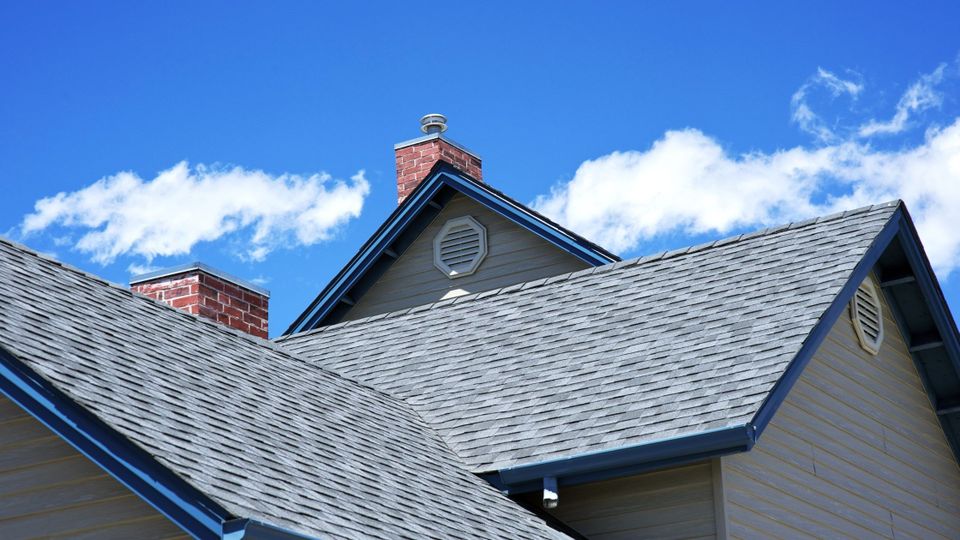
A well-maintained roof is more than just a necessity – it's a crucial investment in your home's value, comfort, and safety. By exploring our comprehensive roofing guide, you've gained the knowledge to make informed decisions about inspections, repairs, replacements, and the best roofing materials for your needs.
Ready to take the next step? Visit our Roofing Services Page to schedule a consultation with the trusted experts at Wisconsin Exteriors. Whether it's a routine inspection, minor repairs, or a complete roof replacement, we're dedicated to bringing your vision for a secure and beautiful home to life.
Ready to take the next step? Visit our Roofing Services Page to schedule a consultation with the trusted experts at Wisconsin Exteriors. Whether it's a routine inspection, minor repairs, or a complete roof replacement, we're dedicated to bringing your vision for a secure and beautiful home to life.
